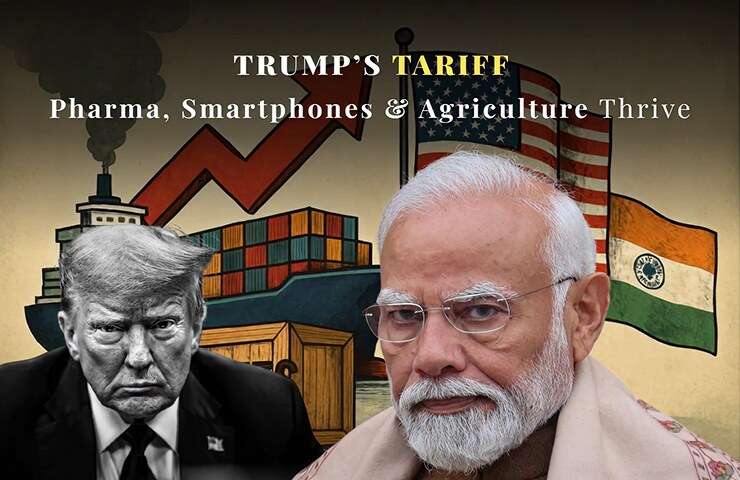The Trump administration has imposed sweeping new tariffs on Indian goods, adding a 25% secondary levy to existing Most Favored Nation (MFN) rates. This pushes duties on many products above 50%, threatening to price them out of the US market. The US is India’s largest export destination for goods, with $86.5 billion in exports last year against $45.6 billion in imports.
Around 65–70% of India’s exports to the US are affected. Key sectors hit include gems and jewelry ($10B, now 52.1% tariff), shrimp ($2B, 50%+), carpets ($1.2B), knitted and woven garments ($2.7B each, over 60%), organic chemicals (54%), metals like steel and aluminum (51.7%), and machinery (51.3%).
Some categories remain exempt: pharmaceuticals and medical equipment ($10–12B), Apple iPhones ($11B, under Apple’s “China plus one” strategy), and petroleum products. Agriculture trade remains robust, with Indian farm exports to the US expected to hit $6.5–7B this year.
The tariffs form part of Trump’s wider “shock and awe” trade policy targeting allies and rivals alike. A grace period allows goods shipped by Aug 27 to clear without extra duties if they arrive by Sept 17, offering a narrow negotiation window. While services trade is unaffected, manufacturing and labor-intensive sectors in India brace for significant job and revenue losses.

